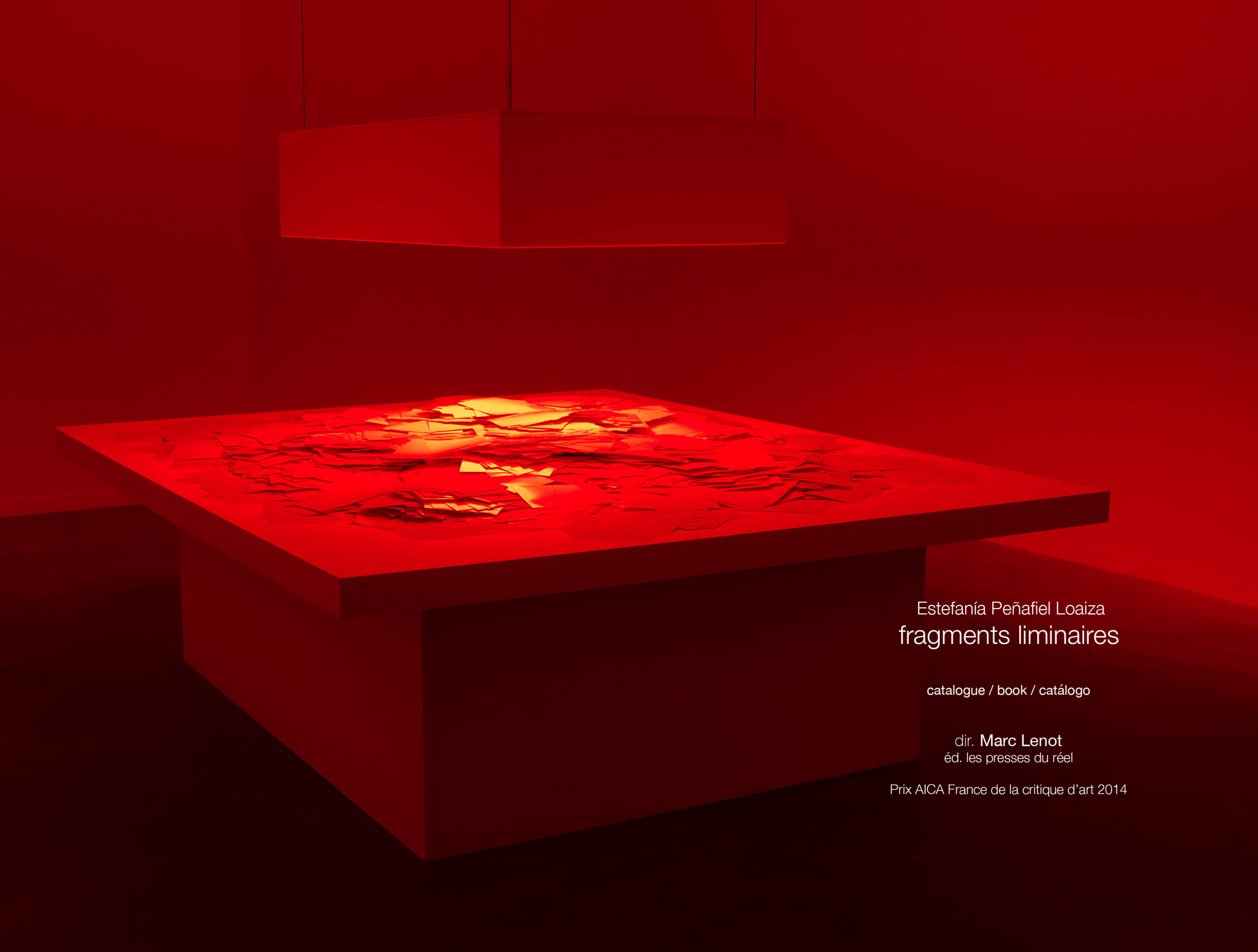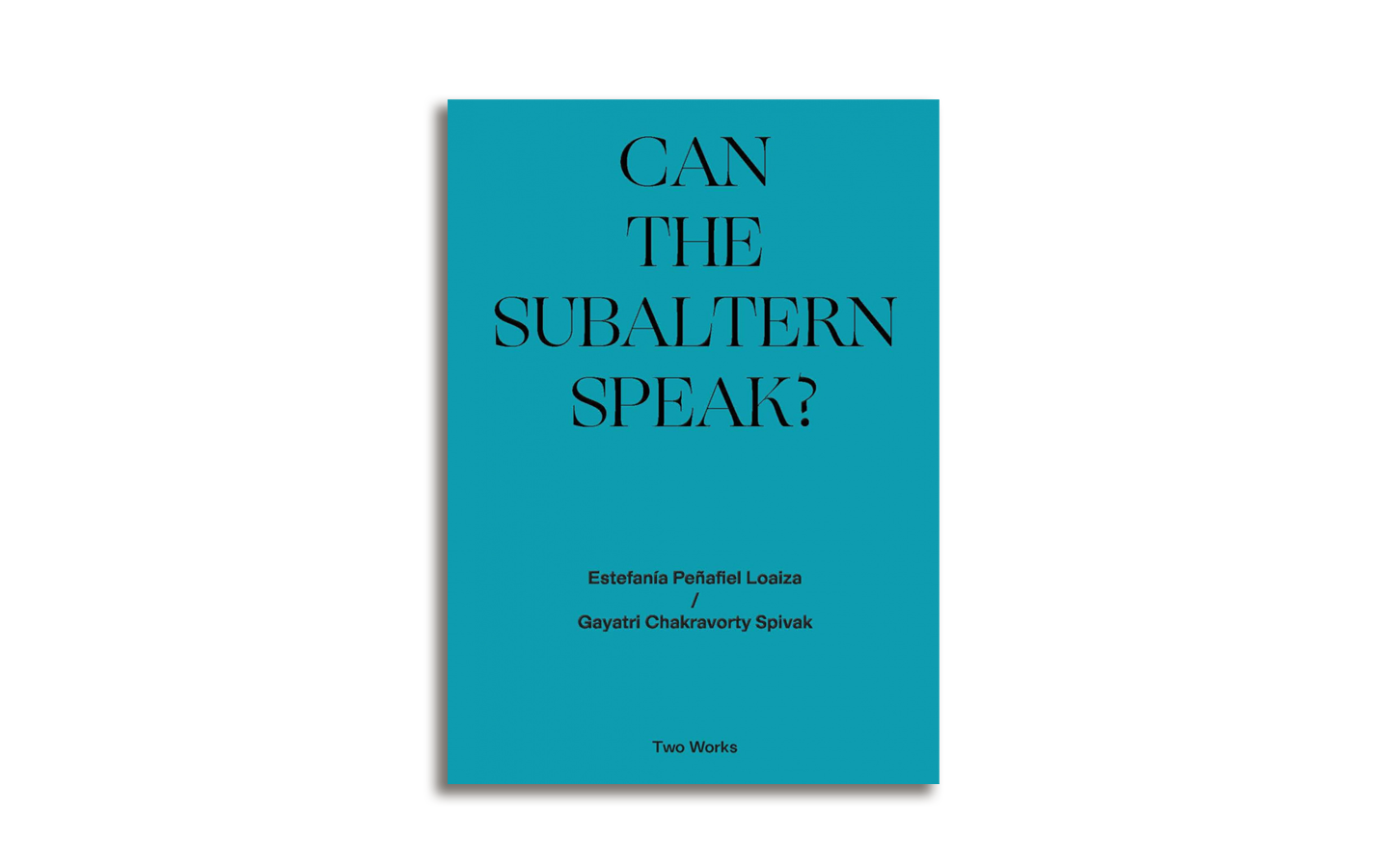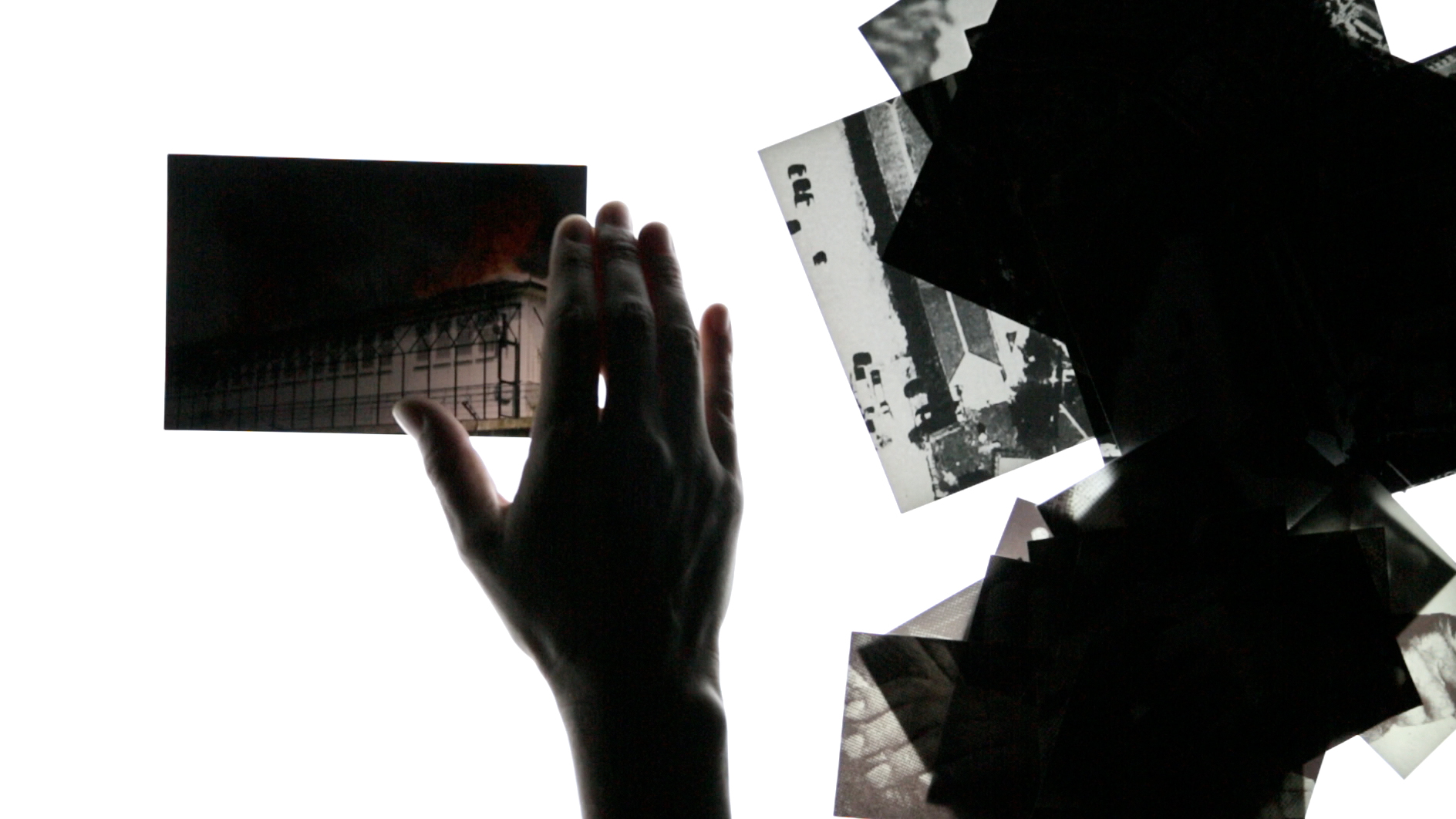has it passed through your mind, passerby, to pass through this passage?
2019, intervention in the garden of the Saint-Séverin church (Paris) / words stamped on the leaves of trees / installation in the window of the Saint-Séverin gallery.

On the leaves of the chestnut trees and other trees in the cloister garden of the church of Saint-Séverin, the words of a poem were stamped with indelible ink. For a while, the trees carried these words, until the leaves fell off. Scattered by the wind, the leaves carried with them the words of the poem:
Passant, penses-tu passer par ce passage
Où pensant, j’ai passé ?
Si tu n’y penses pas, passant, tu n’es pas sage
Car en n’y pensant pas, tu te verras passé.
(has it passed through your mind, passer-by / to pass through this passage / Where thinking, I have passed? / If you don’t think about it, passer-by, you are not wise / Because by not thinking about it, you will see yourself passed.)
Written by an anonymous author, at an unknown date, this poem was located near a small door of the cloister overlooking the rue de la Parcheminerie, and then disappeared at the beginning of the 19th century due to the works carried out on the galleries of the church.
The history of this inscription was reported in Emile Wiriot’s book “Paris de la Seine à la Cité Universitaire : le Quartier St.-Jacques et les quartiers voisins, leurs transformations à travers les siècles.
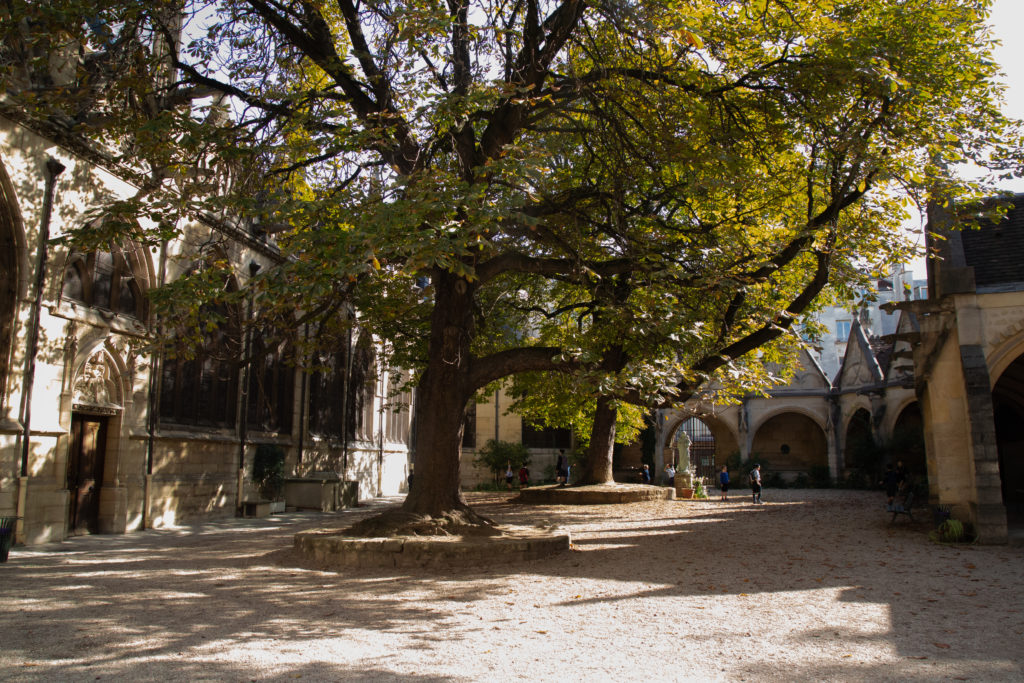
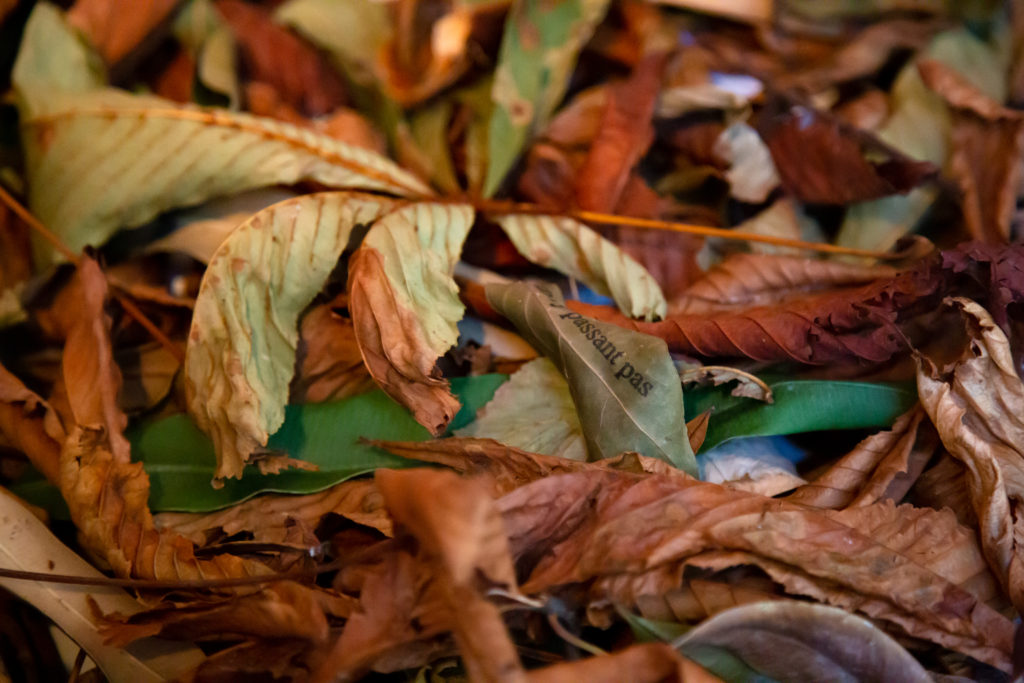
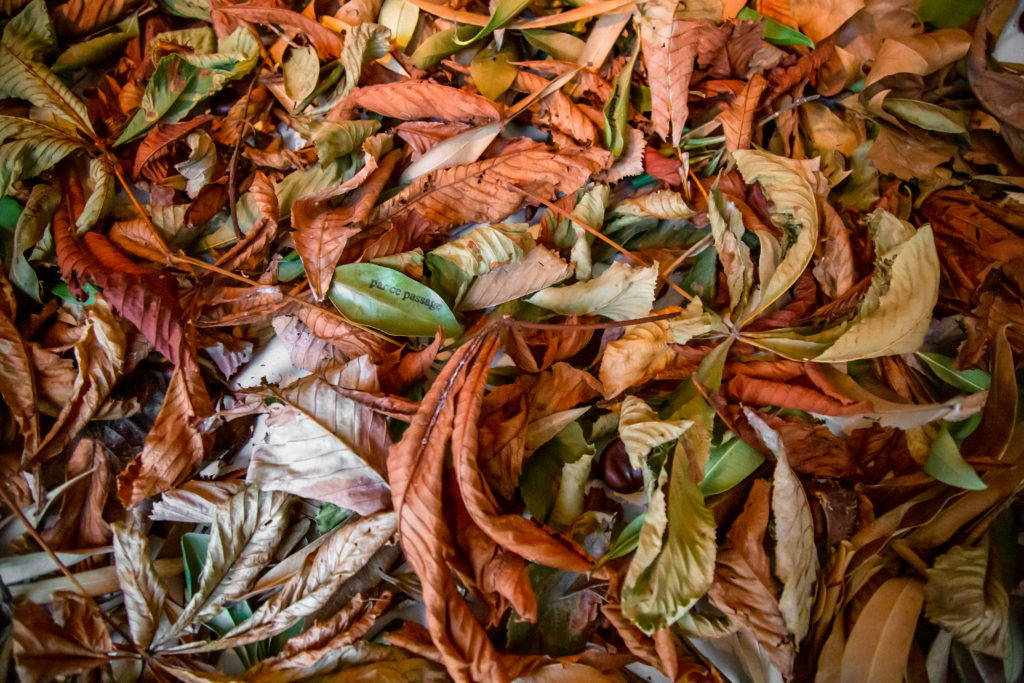
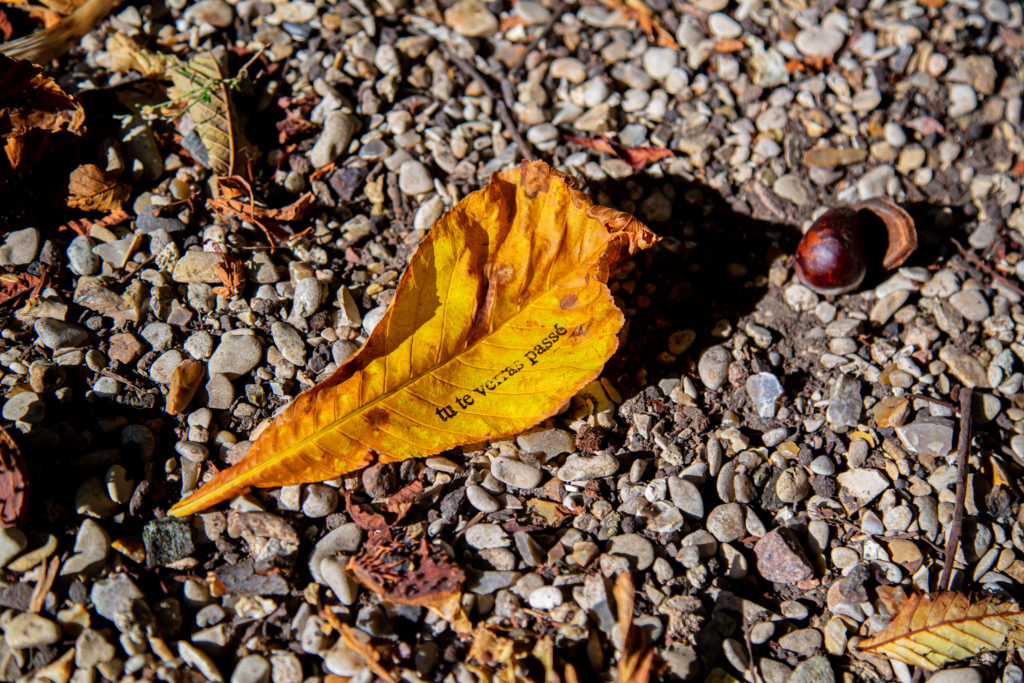

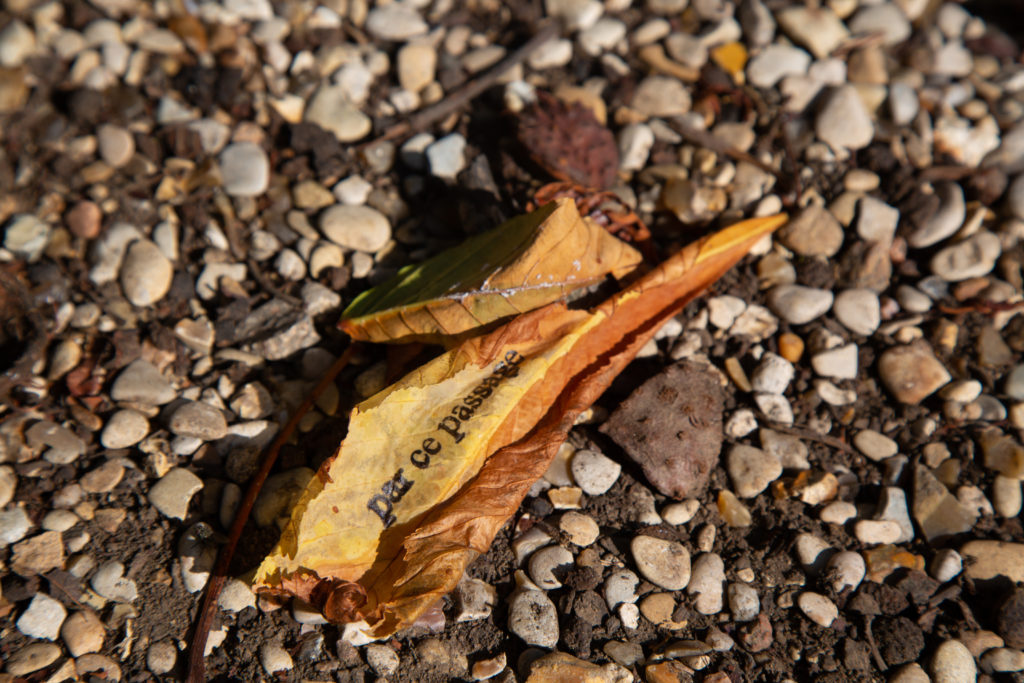
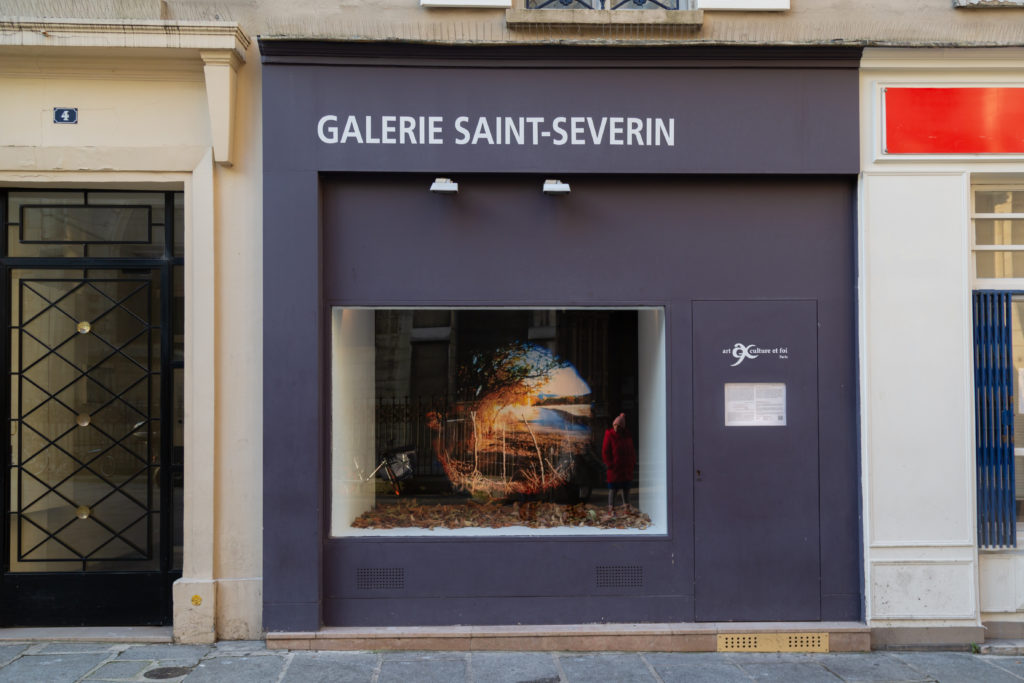

“But it disappeared from their gaze” – by Alicia Knock (curator of the exhibition)
Estefanía Peñafiel Loaiza treats the window of the Saint Séverin gallery as a dark room. The ghostly trace of migrants’ bodies recorded by surveillance cameras at the border between Mexico and the United States is revealed. The passage of the bodies “to be identified” is stopped by the process of the artist, who rephotographs the sequence here by leaving the shutter of the camera open, allowing him to take the ” setting ” of the camera: a harmless and melancholic landscape (torn by two lines of barbed wire), only ” haunted ” by the passage of the bodies. Thus defused from their repressive context, these images of “non-identity”, where the body only imprints its trembling, plunge the individuals into an intermediate space of anonymity, between protection and disappearance. At the foot of the image, the artist has tattooed on the leaves of the trees of the adjacent church garden, the verses of a poem appearing on a disappeared inscription, mentioned in the history of the transformation of the church in the 19th century. This poem scattered on the passage, offered to the seasonal migrations of the trees of the adjacent garden, extends the image of the window while reactivating the memory of the historical displacements of the place. Through the impromptu superposition of negatives – shadow on shadow – the migrant paradoxically becomes one with the passer-by. The persistent gaze of the photograph may only indicate its capacity to inscribe the loss, while the fluid gaze of the passer-by, the one to flush out with all its weight the shared experience of its own disappearance.


